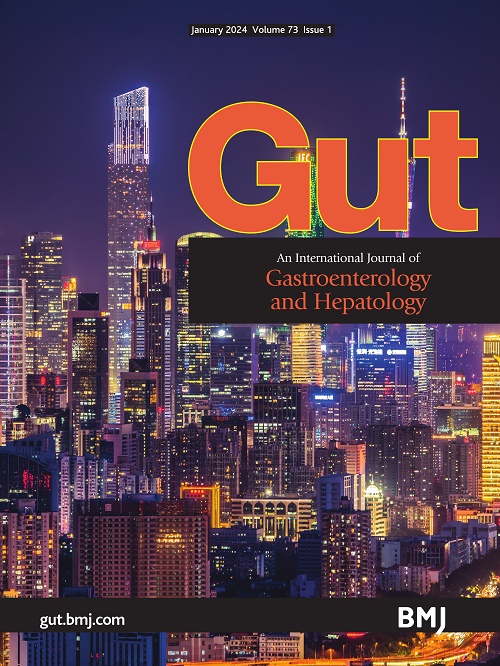ETV5-S100A9 feed-forward loop connecting HCC and MDSCs to shape the immunosuppressive tumour microenvironment
IF 23
1区 医学
Q1 GASTROENTEROLOGY & HEPATOLOGY
引用次数: 0
Abstract
Hepatocellular carcinoma (HCC), the most common form of primary liver cancer, is a leading cause of cancer-related deaths worldwide, accounting for approximately 800 000 deaths annually. Treatment options for unresectable, advanced-stage HCC are very limited. For decades, tyrosine kinase inhibitors such as sorafenib and lenvatinib have been the only first-line treatments for advanced HCC. These inhibitors primarily target the signal transduction pathways in cancer cells to slow cancer cell proliferation and induce apoptosis. However, growing evidence suggests that the interaction between cancer cells and immune cells within the tumour immune microenvironment (TIME) is crucial for cancer cells to evade immunosurveillance. Blocking this crosstalk has emerged as a promising therapeutic strategy for HCC treatment. For example, immune checkpoint inhibitors (ICIs) like nivolumab (anti-programmed death 1 (PD1)) and atezolizumab (anti-programmed death-ligand (PD-L1)) have demonstrated survival benefits in clinical trials and are now standard treatments for advanced HCC.1 Erythroblast transformation specific (ETS) variant transcription factor 5 (ETV5) is a member of the ETS family of transcription factors, characterised by a conserved ETS domain that binds to the GGAA/T DNA sequence. ETV5 modulates gene expression by interacting with various transcription activators or repressors, thereby regulating cellular differentiation and development. Recent studies have shown that ETV5 is overexpressed in several human cancers. However, its role in HCC has not been thoroughly investigated. In Gut , research led by Xia L elegantly revealed the oncogenic roles of ETV5 in HCC.2 The authors confirmed in multiple cohorts that ETV5 is …求助全文
约1分钟内获得全文
求助全文
来源期刊

Gut
医学-胃肠肝病学
CiteScore
45.70
自引率
2.40%
发文量
284
审稿时长
1.5 months
期刊介绍:
Gut is a renowned international journal specializing in gastroenterology and hepatology, known for its high-quality clinical research covering the alimentary tract, liver, biliary tree, and pancreas. It offers authoritative and current coverage across all aspects of gastroenterology and hepatology, featuring articles on emerging disease mechanisms and innovative diagnostic and therapeutic approaches authored by leading experts.
As the flagship journal of BMJ's gastroenterology portfolio, Gut is accompanied by two companion journals: Frontline Gastroenterology, focusing on education and practice-oriented papers, and BMJ Open Gastroenterology for open access original research.
 求助内容:
求助内容: 应助结果提醒方式:
应助结果提醒方式:


